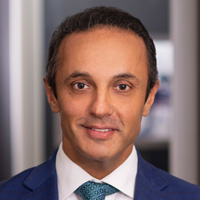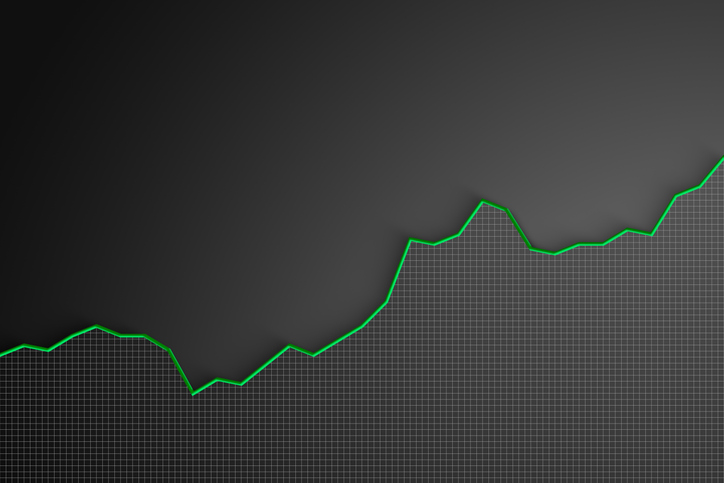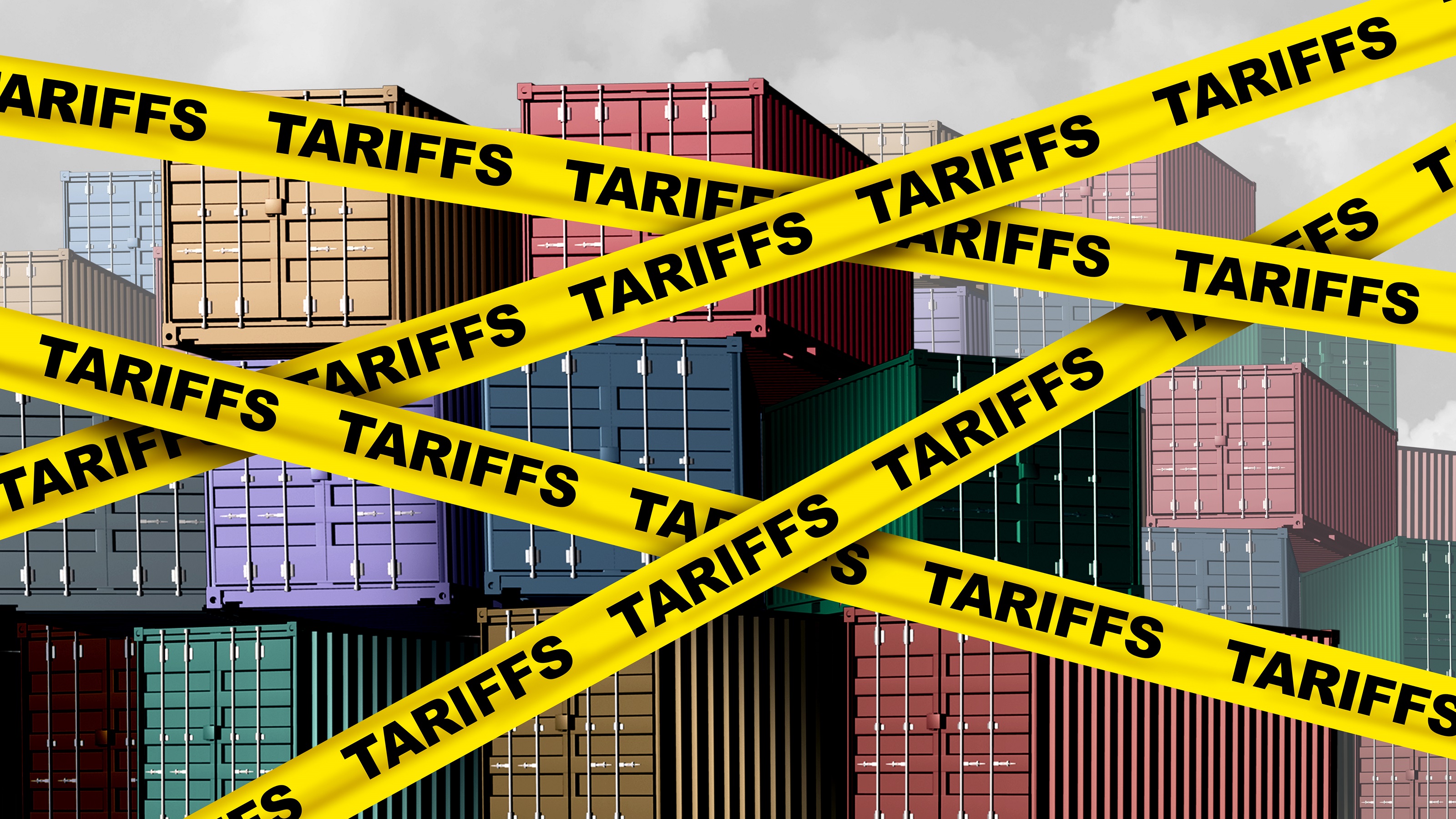How Risk Profiling Can Help Score a More Secure Retirement
Based on the work of a Nobel laureate, determining your personal risk number can help pinpoint a sweet spot for the level of risk that's appropriate for your investment portfolio.


Your portfolio should reflect your risk tolerance.
How many times have you heard this tidbit of advice and wondered if you were overexposed, underexposed or exactly where you should be when it comes to investment risk?
Certainly, it makes sense that your investments should match your ability (financially) and willingness (emotionally) to stomach large swings in the market. But how are you supposed to know what your personal risk tolerance is? Unless you’ve experienced an extreme high or low as an investor, it’s hard to know how you’ll react. Even those who were hurt badly in 2000 and 2008 are finding it difficult to control the greed or fear that current market conditions can evoke.

Sign up for Kiplinger’s Free E-Newsletters
Profit and prosper with the best of expert advice on investing, taxes, retirement, personal finance and more - straight to your e-mail.
Profit and prosper with the best of expert advice - straight to your e-mail.
Labeling Yourself as ‘Conservative’ Just Doesn’t Cut It
For those nearing retirement, there’s the general guideline that you should have less risk as you get closer to needing your nest egg. But that, too, is an awfully broad concept. And we’ve learned that popular terms like “conservative,” “moderate” and “aggressive” can be misleading. (A 60-year-old’s idea of moderate investing, for example, may be far different than a 35-year-old’s perspective.)
The good news is that investors now can better define their individual risk tolerance through a process that assigns them a “risk number” instead of a subjective term or an estimate based on a brief conversation. The process starts with an in-depth questionnaire that helps determine how much investment risk a person is comfortable with taking in order to obtain a potentially larger financial reward. And it’s based on decades of work in behavior economics, including “prospect theory,” which earned American psychologist and economist Daniel Kahneman the Nobel Memorial Prize in Economics in 2002.
Find Out What Your Risk Number Is Instead
What is a risk-number profile? A risk-number profile typically looks at the level of risk an individual can afford to take, the risk he or she prefers to take, and the amount of risk that might be required to achieve the person’s goals. The process used to determine your risk-number spots patterns in the answers and assigns a risk number somewhere on a scale from zero to 100. That number can then be used to determine whether the investor’s current portfolio is a match, how it would stand up under various market conditions, and what, if anything, should be changed to make it a better fit.
Just as significantly, it can help informed investors set realistic expectations and stay on track as they move forward.
Probably the most important thing about knowing your risk number is that it can help you stop piecemealing your portfolio. Too frequently, people pick up investments from year to year — stocks, bonds, annuities, CDs or whatever — without any plan in place. Maybe a friend told them about a killer stock, so they bought in. Then they read that exchange-traded funds (ETFs) were the best way to go, and they added those. They also signed up for the 401(k) at work without really knowing what’s in their plan, other than that they chose a 60/40 or 50/50 mix.
The problem is, that piecemeal approach can end up costing more in the long run than hiring a financial professional to get a comprehensive plan — one that actually suits your needs, objectively aligns with your specific goals and evolves with you.
Because this isn’t like Ron Popeil’s rotisserie oven: There’s no such thing as “set it and forget it” in financial planning. As your life changes, your investment strategies likely will have to change with it — especially as you reach retirement. Unfortunately, that’s often when people suddenly start paying closer attention to how their investments are performing, how much they’ve accumulated in their nest egg and whether it’s enough to get them through 20 to 30 years or more.
They get nervous. And that can lead to mistakes.
Risk Profiles Help During the ‘Retirement Red Zone’
Building a solid foundation can help you stick to what’s working and change what isn’t when it makes sense based on life events, instead of panicking during market dips and downturns. That’s especially critical in the five or so years leading up to retirement and the first five years into retirement — usually referred to as the “retirement red zone.” Taking a hit to your nest egg during this period, without time to recover the money, can be devastating.
The cost of living keeps increasing. So does the average life expectancy. It’s critical to have a plan that will keep providing income as long as you and your spouse need it.
That’s why I recommend working with a seasoned adviser (a fiduciary who’s looking out for your best interests) to obtain your risk profile, review it and help create a plan based on that knowledge — not a cookie-cutter portfolio that’s the same as every guy or gal who ever sat next to you at work. The information and insight a risk profile provides can help you protect your financial future.
Kim Franke-Folstad contributed to this article.
Disclaimer
The appearances in Kiplinger were obtained through a PR program. The columnist received assistance from a public relations firm in preparing this piece for submission to Kiplinger.com. Kiplinger was not compensated in any way.
Get Kiplinger Today newsletter — free
Profit and prosper with the best of Kiplinger's advice on investing, taxes, retirement, personal finance and much more. Delivered daily. Enter your email in the box and click Sign Me Up.

Reid Abedeen is the managing partner at Safeguard Investment Advisory Group, LLC, where he helps families create amazing retirements through a disciplined approach rooted in education, integrity and earned trust. He holds California Life-Only and Accident and Health licenses (#0C78700), has passed the Series 65 exam and is registered as an Investment Adviser Representative under Safeguard Investment Advisory Group.
-
 Stock Market Today: Stocks Soar on China Trade Talk Hopes
Stock Market Today: Stocks Soar on China Trade Talk HopesTreasury Secretary Bessent said current U.S.-China trade relations are unsustainable and signaled hopes for negotiations.
By Karee Venema
-
 2026 Disney Dining Plan Returns: Free Dining for Kids & Resort Benefits
2026 Disney Dining Plan Returns: Free Dining for Kids & Resort BenefitsPlan your 2026 Walt Disney World vacation now. Learn about the returning Disney Dining Plan, how kids aged three to nine eat free, and the exclusive benefits of staying at a Disney Resort hotel.
By Carla Ayers
-
 SRI Redefined: Going Beyond Socially Responsible Investing
SRI Redefined: Going Beyond Socially Responsible InvestingNow that climate change has progressed to a changed climate, sustainable investing needs to evolve to address new demands of resilience and innovation.
By Peter Krull, CSRIC®
-
 Here's When a Lack of Credit Card Debt Can Cause You Problems
Here's When a Lack of Credit Card Debt Can Cause You ProblemsUsually, getting a new credit card can be difficult if you have too much card debt, but this bank customer ran into an issue because he had no debt at all.
By H. Dennis Beaver, Esq.
-
 Going to College? How to Navigate the Financial Planning
Going to College? How to Navigate the Financial PlanningCollege decisions this year seem even more complex than usual, including determining whether a school is a 'financial fit.' Here's how to find your way.
By Chris Ebeling
-
 Financial Steps After a Loved One's Alzheimer's Diagnosis
Financial Steps After a Loved One's Alzheimer's DiagnosisIt's important to move fast on legal safeguards, estate planning and more while your loved one still has the capacity to make decisions.
By Thomas C. West, CLU®, ChFC®, AIF®
-
 How Soon Can You Walk Away After Selling Your Business?
How Soon Can You Walk Away After Selling Your Business?You may earn more money from the sale of your business if you stay to help with the transition to new management. The question is, do you need to?
By Evan T. Beach, CFP®, AWMA®
-
 Two Don'ts and Four Dos During Trump's Trade War
Two Don'ts and Four Dos During Trump's Trade WarThe financial rules have changed now that tariffs have disrupted the markets and created economic uncertainty. What can you do? (And what shouldn't you do?)
By Maggie Kulyk, CRPC®, CSRIC™
-
 I'm Single, With No Kids: Why Do I Need an Estate Plan?
I'm Single, With No Kids: Why Do I Need an Estate Plan?Unless you have a plan in place, guess who might be making all the decisions about your prized possessions, or even your health care: a court.
By Cynthia Pruemm, Investment Adviser Representative
-
 Most Investors Aren't as Diversified as They Think: Are You?
Most Investors Aren't as Diversified as They Think: Are You?You could be facing a surprisingly dangerous amount of concentration risk without realizing it. Fixing that problem starts with knowing exactly what you own.
By Scott Noble, CPA/PFS